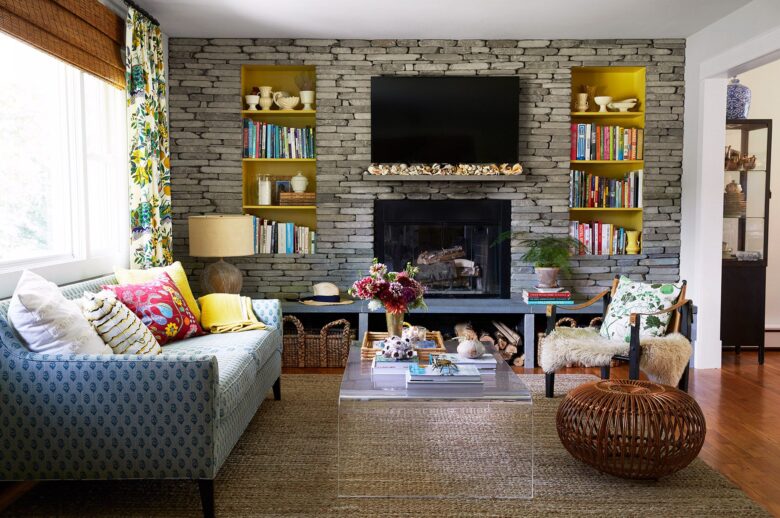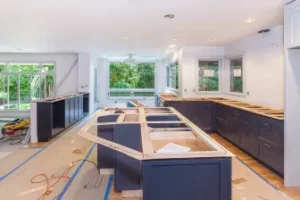Affordable home painting starts with careful planning. Before you choose a paint shop or paint store, take some time to assess your surroundings and determine which areas need the most attention. Is it just a few rooms or the entire house? Are you repainting? Do you want to update cabinets, ceilings, walls, or moldings? Making decisions early will help you determine what your paint needs are and how to minimize costs without sacrificing quality. Choosing a consistent color scheme for your home will help you maximize your paint cans and create a fluid, elegant feel. Neutral tones, such as white, gray, and beige, are often more affordable and available in larger quantities. They are durable and adaptable.
Choose a Good, Affordable Paint
When you’re on a budget, it can be tempting to choose the cheapest paint, but this can lead to inadequate coverage and the need for multiple coats. Instead, look for a mid-range brand that’s reasonably priced and of excellent quality. Many paint and hardware stores have their own house brands, which are often more reasonably priced than the more expensive brands but still work wonders. Furthermore, ask about returns or paint that is not colored correctly; these tools sometimes offer significant discounts and can work wonders if the color matches your design ideas. Investing in quality paint from the start can save you time, energy, and money by reducing the number of times you have to paint.
Use the Right Tools to Avoid Overspending
While you don’t have to spend money on expensive tools to achieve professional painting results, it is crucial to use the right basics. Although reasonably priced, a good roller and brush combination will improve your painting results more than a cheap product. Rollers are best for large areas; brushes are useful for corners and details. If you are painting a large area, consider using a paint bucket and roller extension to save time and energy. Washing and reusing tools after each use will extend their life and reduce future costs. Many thrifty DIYers also look for coupons, deals, or bundle deals when choosing tools.
Manage your Time and Money Room by Room
Tackling the entire house at once can be overwhelming, especially if you’re on a budget. Focus on one room at a time. This method allows you to practice and hone your painting skills, and it also helps you spread out the cost of paint and supplies. Starting with a smaller space, such as a bathroom or bedroom, can help you build confidence and determine how much paint you need per square foot. It also helps you avoid wasting materials, because you can better estimate based on past experience. Painting room by room also allows you to enjoy small projects and see results, even on a budget.
Make Smart Use of Leftover Paint
After painting a room, you’ll likely have leftover paint that could otherwise be discarded. Think about how you can use that paint wisely instead of letting it sit in a pile forever. With an extra gallon of wall paint, you can finish an accent wall, freshen up furniture, or paint doors or cabinets. For decorative or smaller projects, mix leftover paint with white or neutral tones to create a fresh hue. Some people even combine similar colors to make their own blend for closets or hallways. Making the most of every drop of paint not only gives your home a cohesive design element, but it also saves you money on renovations and reduces waste.
Elevate the Look with Basic Details
A successful paint job is all about decorating and enhancing the details of a room, not just the color of the walls. Painting baseboards, door frames, and window casings in a stark white or a complementary color can greatly enhance the look of a room. Even adding a simple decorative stripe or repainting the ceiling trim can give a room a fresh look. These small details have a big visual impact but only require a small amount of paint. Depending on your budget, changing hardware, switch panels, or lampshades to the new paint color can enhance the overall renovation effect. Even on a budget, taking the time to pay attention to every detail can make your space look fresh and refreshed.
Conclusion
Painting your home beautifully requires careful planning, smart decisions, and a little imagination, and it doesn’t have to cost a lot. By choosing affordable materials, carefully preparing the surface, and painting systematically, you can achieve a professional job without breaking your budget. Stressing value, originality, and attention to detail can have a big impact on any renovation, whether you’re remodeling a whole house or just a single room. Painting on a budget can be rewarding, from choosing affordable tools and paint to repurposing leftover materials and hiring others. With care and patience, your home can look fresh, vibrant, and elegant, all within your budget.
FAQs
1. How much does it cost to paint a room on a budget?
If you use cheap paint and basic tools and do it yourself, painting a room can cost $50 to $100.
2. Are cheap paint brands beneficial too?
If the paint has excellent coverage and durability, look for store brands or mid-range products with favorable reviews.
3. Can I paint over old paint without priming?
Often, absolutely. If the surface is clean, dry, and in good condition, priming is not necessary, especially for paint that does not require priming.
4. What tools can I use if I’m on a budget?
Basic supplies include a roller, paint tray, brush, masking tape, dust cloth, and sandpaper. There are affordable kits available that include all the basic tools.
5. How do you use leftover paint?
For small projects like accent walls, remodeling furniture, or decorating, you can use leftover paint. Mixing colors can also create new shades for next time.




